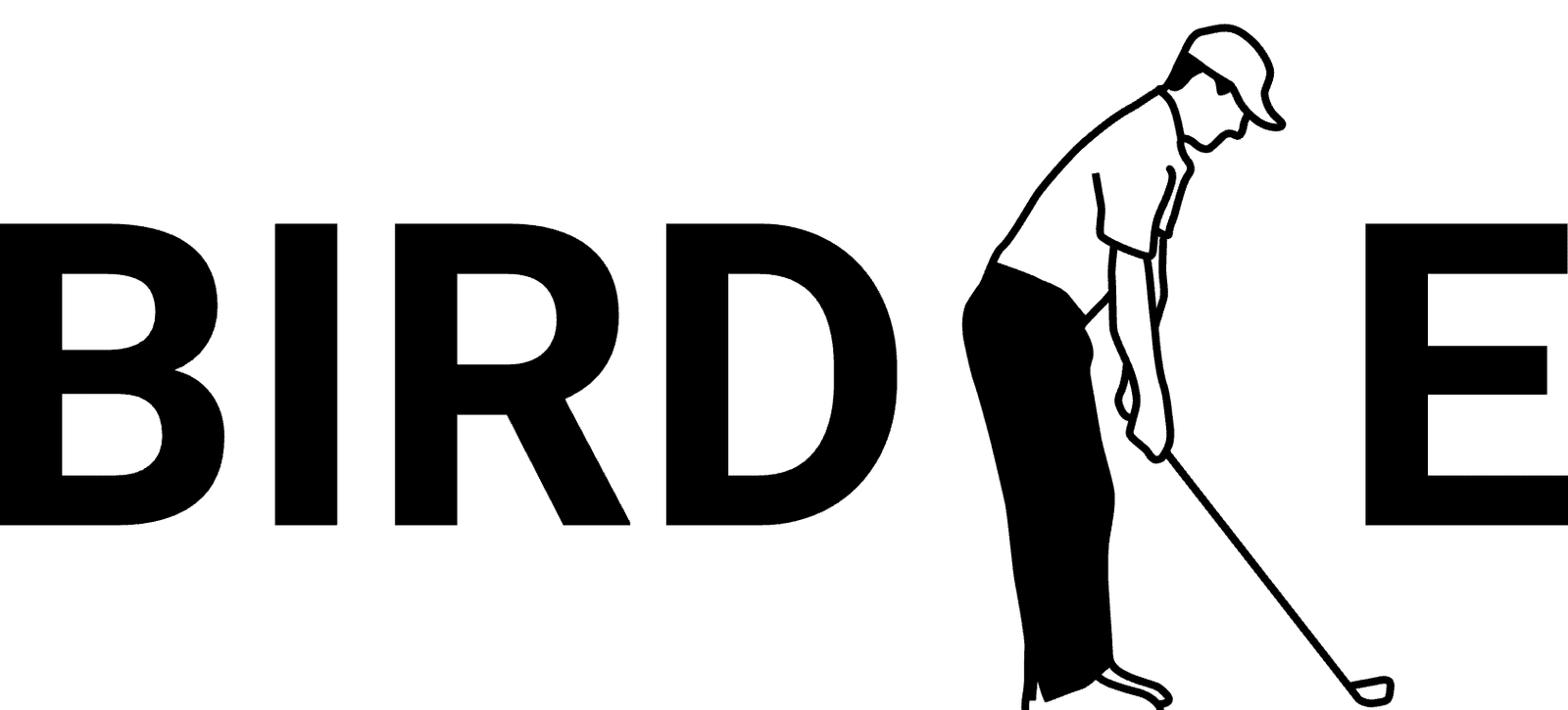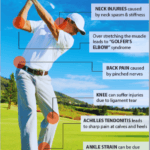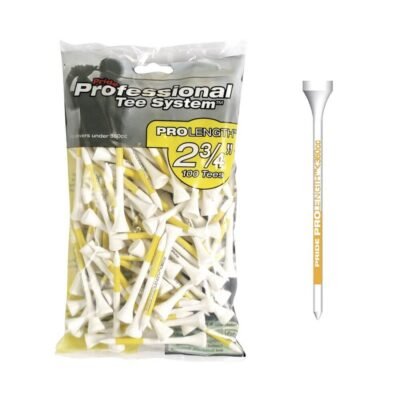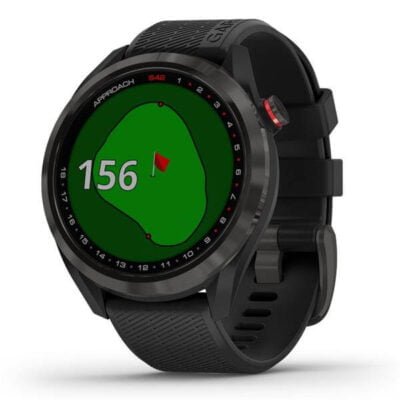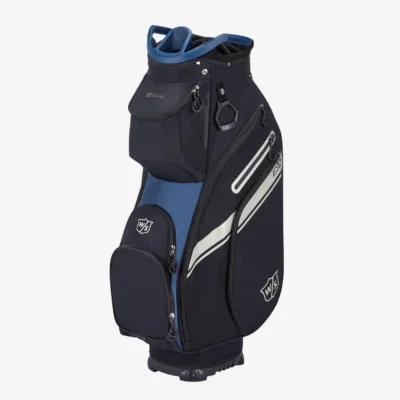Shopping cart is empty!
Why Red Light Therapy Is Taking Over Golf: Benefits for PGA Tour Players and Amateur Golfers

Prepared by www.odosterapija.lt
Red light therapy is rapidly gaining popularity among professional golfers, including many on the PGA Tour. As early as 2019, Sports Illustrated reported how this therapy was becoming a regular part of professional golfers’ recovery routines, praised for its powerful health benefits, efficiency, and remarkable results.

PGA Pros Are Already Using Red Light Therapy

Golf stars like Graeme McDowell have incorporated red light therapy into their daily routines, while Zach Johnson publicly praised it on Twitter as a “wonderful daily tool” to help maintain peak physical performance.
During the 2019 Masters Tournament, the use of red light therapy among players reached what many described as a “critical mass.” In the gym near the Augusta National Golf Club, so many players were using red light panels that the facility earned the nickname “The Red Room.”
Why Professional Golfers Use Red Light Therapy
In professional sports, athletes constantly search for any advantage to extend their careers, improve recovery, and avoid injury. In golf, where careers can span decades, managing pain, inflammation, and physical recovery can translate into millions of dollars in future tournament winnings.
Red light therapy offers a simple, non-invasive way to support recovery. A typical session requires just 10 to 20 minutes a day, standing in front of modular devices equipped with powerful LED lights that target sore joints, muscles, and inflamed areas.

According to PGA medical experts like Dr. Troy Van Biezen and Dr. Ara Suppiah, red light therapy is now part of many players’ weekly routines, helping them manage pain, reduce inflammation, and recharge the body’s energy systems by stimulating mitochondria at the cellular level.
“My players primarily use it for pain relief, inflammation reduction, and as a powerful recovery tool,” says Van Biezen. “Some use it before competition, others after. Everyone adapts it to their personal routine.”
The Science Behind Red Light Therapy for Golfers

Red light therapy is classified as photobiomodulation, which was initially researched by NASA in the 1990s to support plant growth in space. Since then, scientists have studied its medical applications, including:
Stimulating mitochondria to produce more cellular energy (ATP)
Increasing natural collagen production for skin and joint health
Accelerating wound healing and scar reduction
Decreasing inflammation and swelling
Relieving chronic pain and joint discomfort
Improving sleep quality — a key recovery tool for athletes
Supporting hormonal balance, including boosting testosterone levels in some users
Van Biezen and Suppiah have personally tested red light therapy and report significant benefits, including better testosterone levels and improved overall recovery.

Stimulating mitochondria to produce more cellular energy (ATP)
Increasing natural collagen production for skin and joint health
Accelerating wound healing and scar reduction
Decreasing inflammation and swelling
Relieving chronic pain and joint discomfort
Improving sleep quality — a key recovery tool for athletes
Supporting hormonal balance, including boosting testosterone levels in some users
Top PGA Players Using Red Light Therapy
Several PGA Tour professionals have integrated red light therapy into their wellness routines, including:
Dustin Johnson
Jordan Spieth
Justin Thomas
Rickie Fowler
Patrick Rodgers
Kevin Chappell (who successfully used it during his back surgery recovery)
These players work closely with therapists like Van Biezen and Suppiah, who incorporate red light therapy into broader wellness strategies combining chiropractic care, physiotherapy, and personalized training.

Red Light Therapy: The Future of Golf Recovery
“In professional sports, recovery is no longer optional — it’s essential,” explains Dr. Suppiah. “Taking time for proper recovery gives athletes a powerful edge.”
Even if the therapy didn’t offer hormonal benefits, its ability to improve sleep quality alone makes it a valuable tool for recovery:
“Sleep is the most powerful free medicine available,” says Suppiah. “Exhausted athletes who neglect sleep sabotage their performance. Quality rest remains the foundation of elite recovery.”
Why Red Light Therapy Benefits Every Golfer – Not Just the Pros
While PGA Tour athletes use cutting-edge equipment, high-powered red light therapy devices are now available for home use, making this recovery technology accessible to amateur golfers as well.
Red light therapy can effectively target common golf-related pain and injuries, including:

- Wrist pain and inflammation
- Back pain and stiffness
- Shoulder and rotator cuff pain
- Elbow pain (golf elbow)
- Finger joint pain
- Neck tension
- Hip inflammation
- Knee pain and swelling
- Ankle discomfort
- Leg muscle soreness
Where to Buy Professional-Grade Red Light Therapy Devices
State-of-the-art red light therapy equipment for home and travel use can be found at www.odosterapija.lt. These modern devices offer powerful, non-invasive treatment options previously available only to elite athletes.
Q/A
Q: Why is red light therapy popular among PGA Tour golfers?
Red light therapy helps PGA golfers reduce pain, inflammation, and muscle soreness while supporting faster recovery and improved performance.
Q: What benefits does red light therapy offer golfers?
It relieves joint pain, accelerates muscle recovery, reduces inflammation, boosts energy, improves sleep, and may help balance hormones.
Q: Is red light therapy effective for amateur golfers?
Yes, amateur golfers benefit from reduced soreness, faster recovery, and long-term injury prevention using at-home red light therapy devices.
Q: Who recommends red light therapy for golfers?
Top PGA therapists like Dr. Troy Van Biezen and Dr. Ara Suppiah recommend it for many professional golfers to enhance recovery and performance.
Q: Where can I buy red light therapy devices for golf recovery?
High-quality red light therapy equipment is available at www.odosterapija.lt.

